For the Love of Canines
October 22, 2022 - August 27, 2023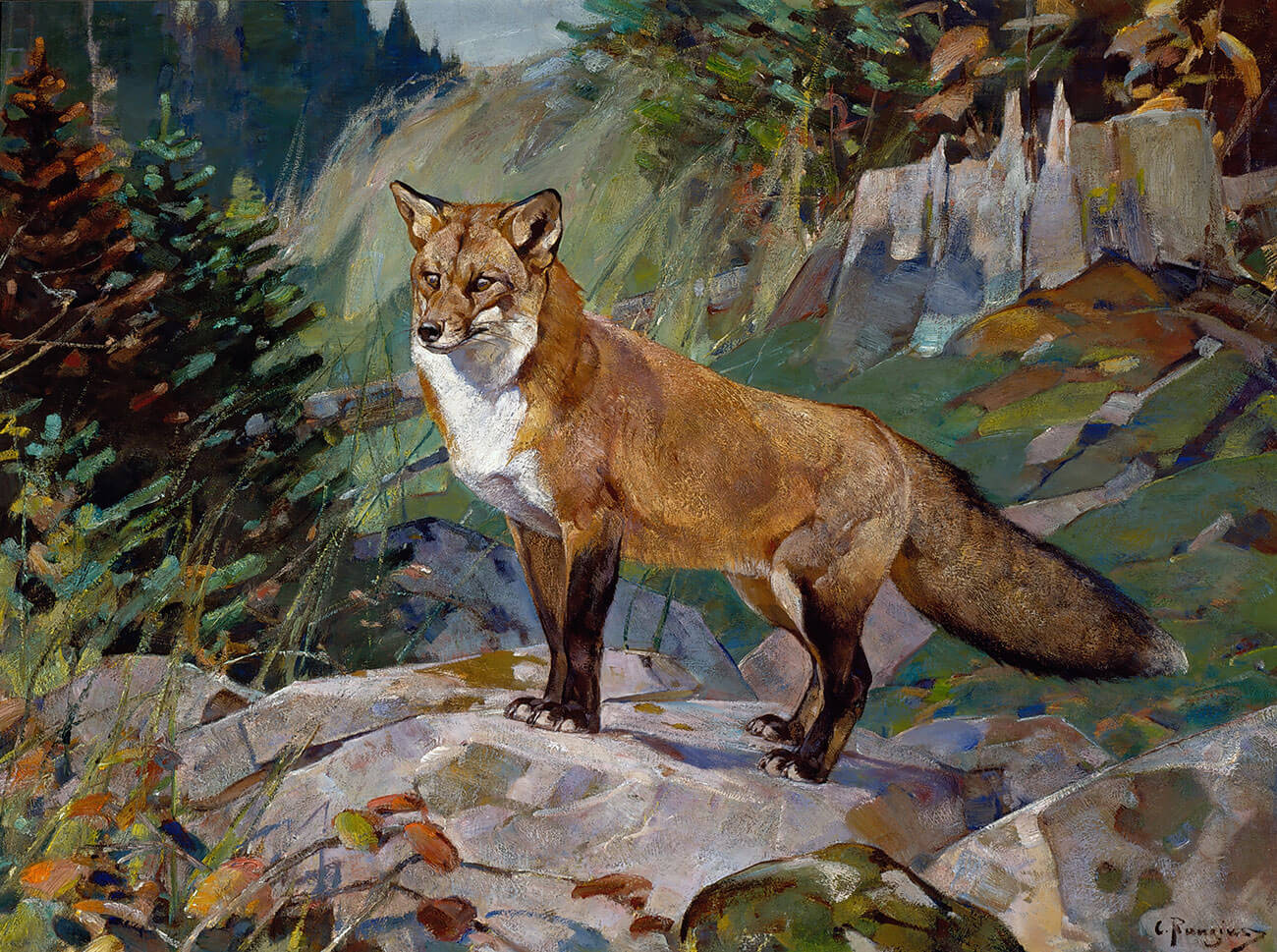
Exhibition open October 22, 2022 – August 27, 2023
Wild canines, including foxes, coyotes, and wolves, have held significant social and cultural meaning to humans worldwide throughout history. However, there are conflicted emotional opinions regarding these familiar predators. Foxes, for example, while prized for their beauty and their cunningness, are despised for preying on smaller livestock and poultry, such as chickens and ducks. Coyotes, a canine species native to North America, nearly brought to extinction during western settlement, are also part of some Native cultures’ cosmologies. Sometimes considered a creator, Coyote might also be wicked or a buffoon. Of all wild canines, wolves have perhaps caused the most dread historically. Feared by ancient farmers to present day ranchers, wolves that at times prey on sheep, cattle, and other domestic animals, have also been known to kill humans. Alternatively, the famous Etruscan sculpture of La Lupa Capitolina (The Capitoline Wolf) from the fifth century BCE depicts a she-wolf caring for twins, Romulus and Remus, who founded city of Rome. Still, the one thing that all wild canines have common is a genetic relation to our own much beloved domestic dogs.
For the Love of Canines questions humans’ relation and fascination with canines, whether love or loathing, through works of art from NMWA’s permanent collection.
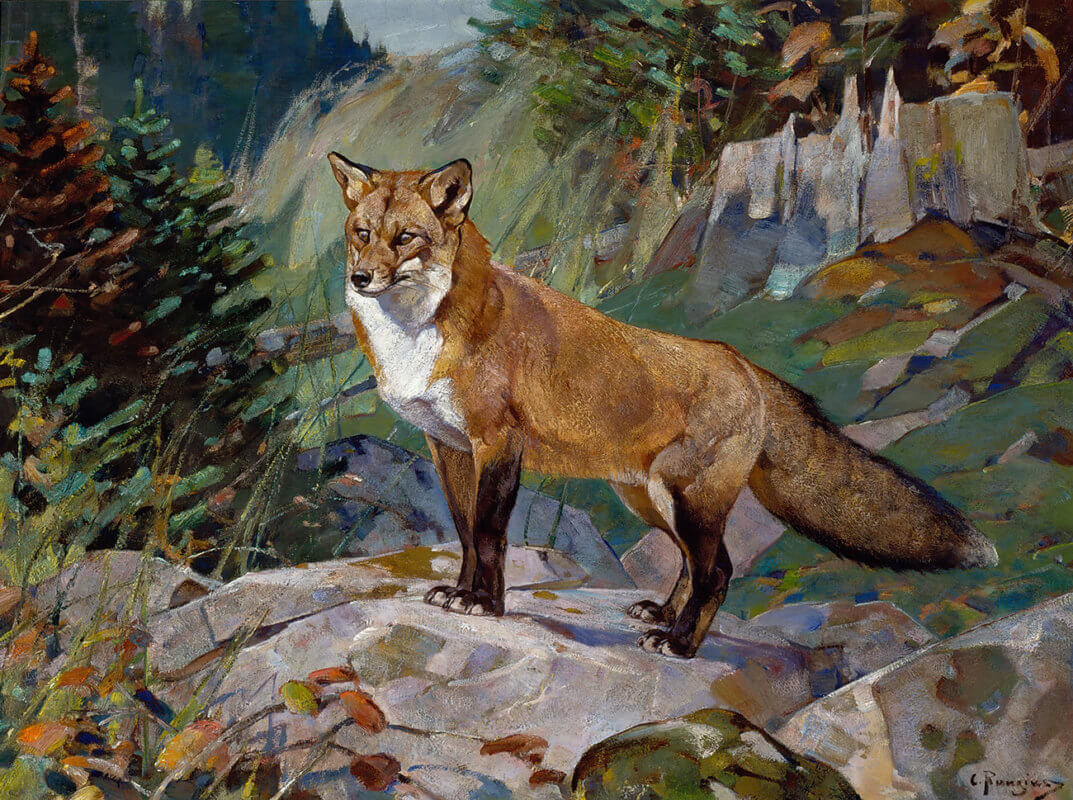
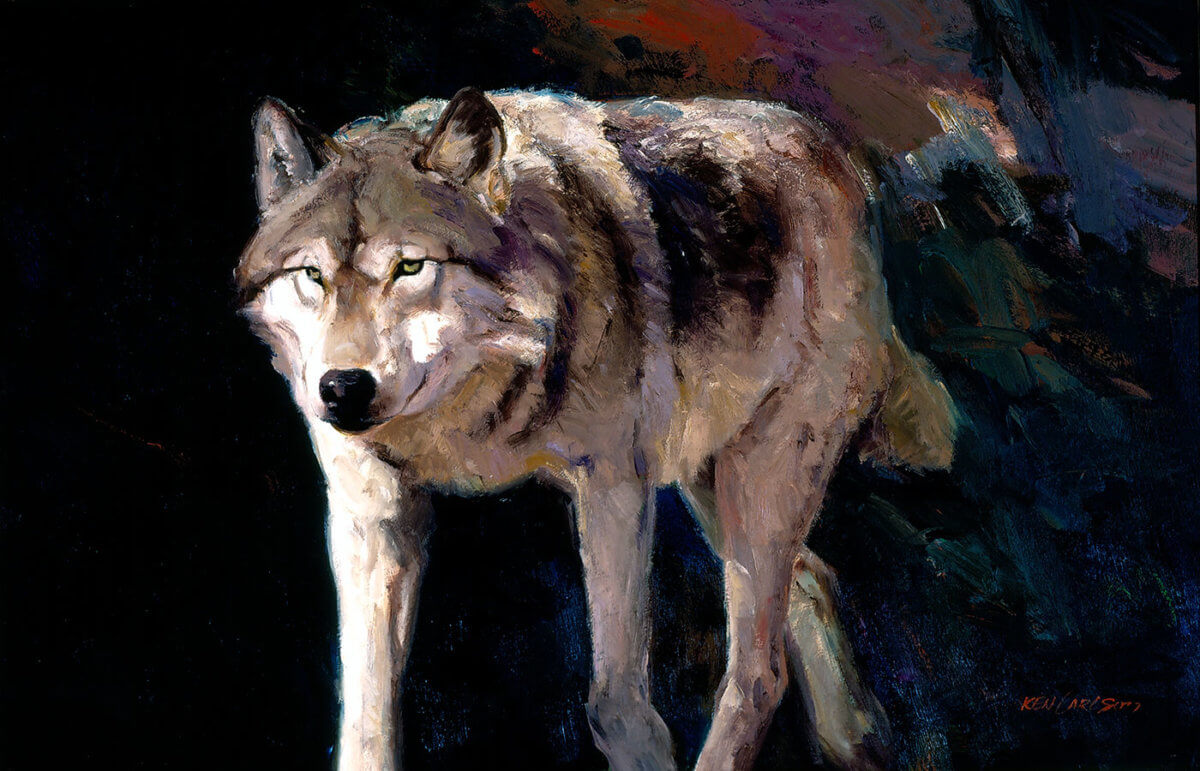
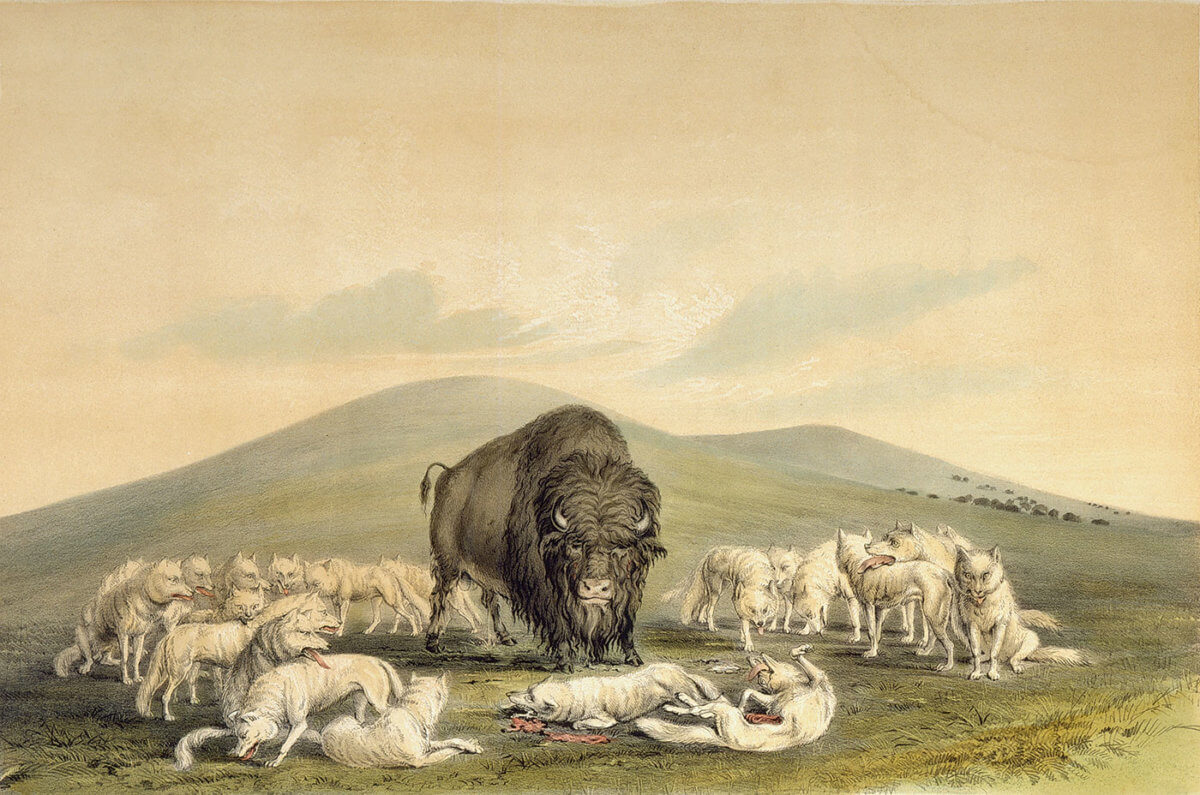
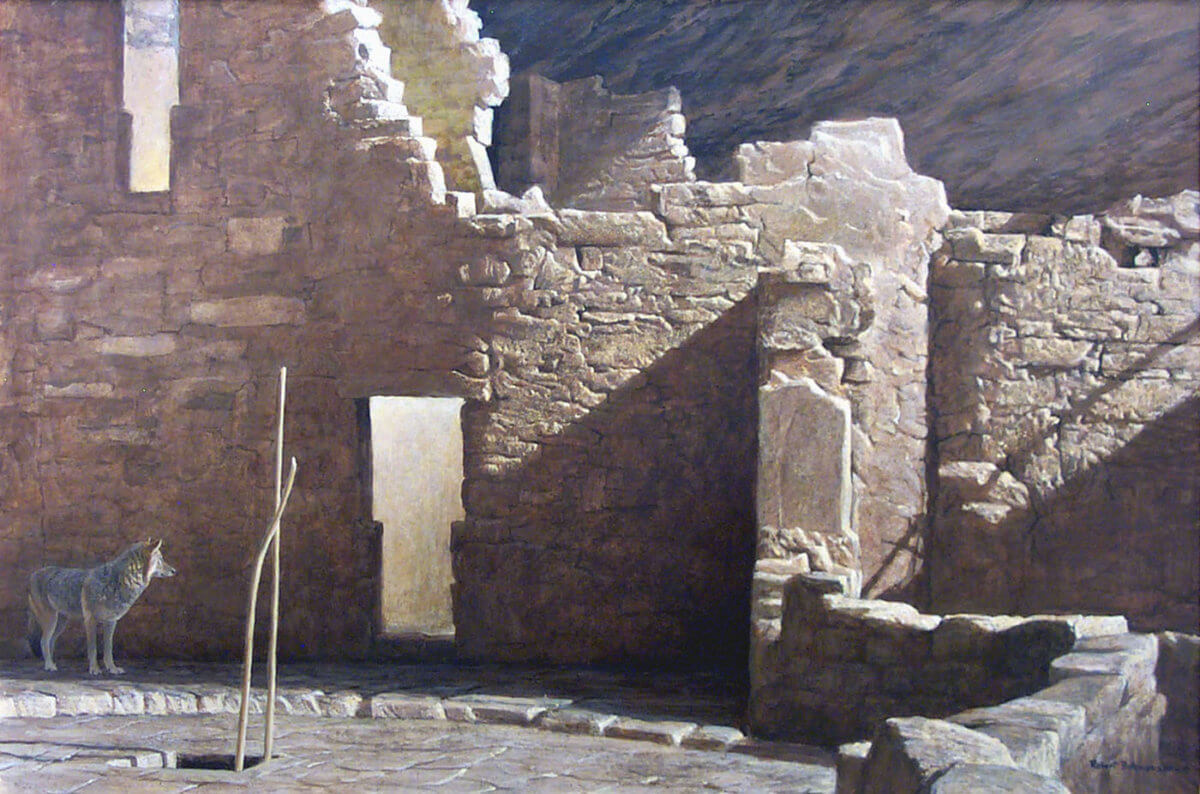

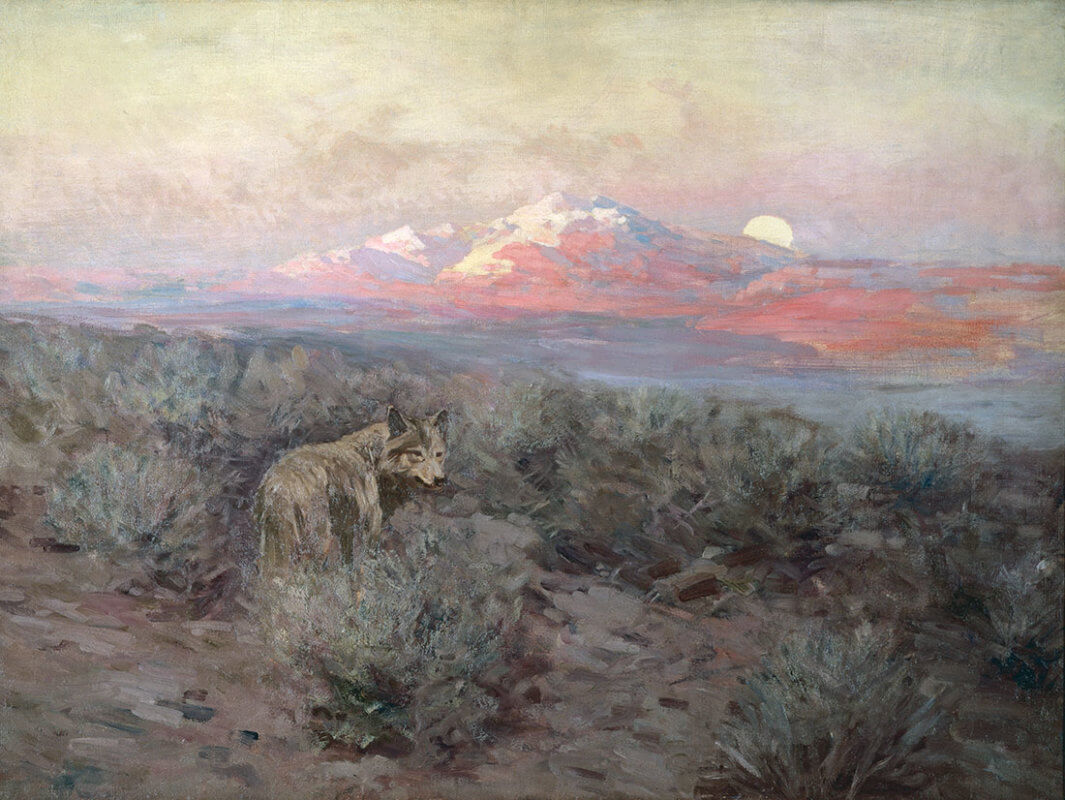
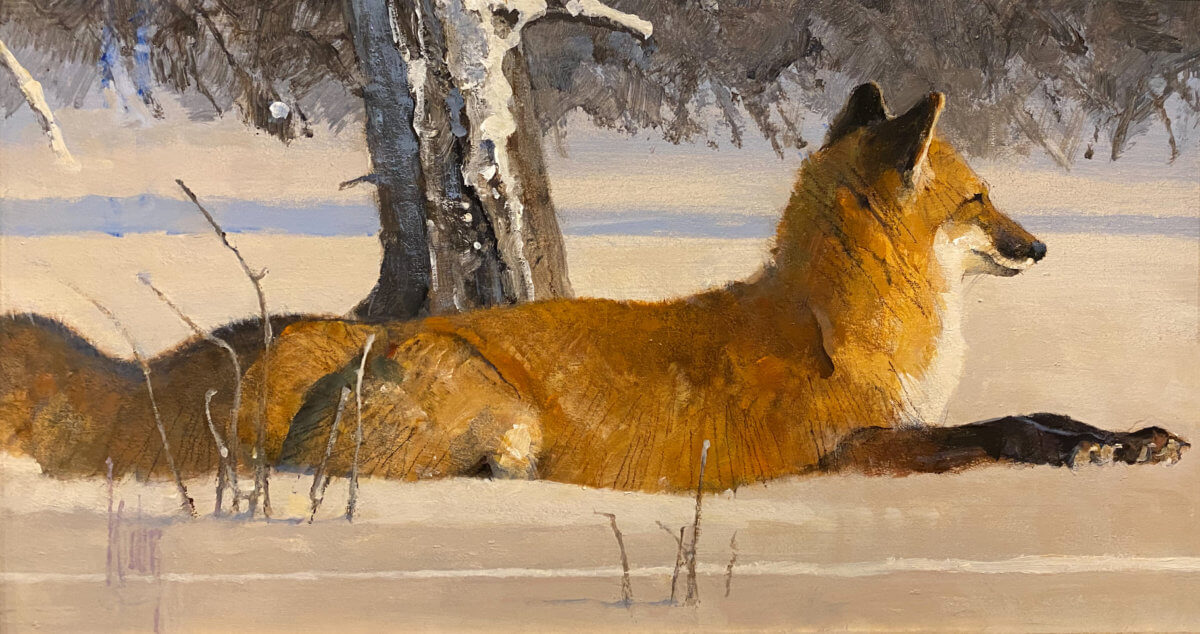
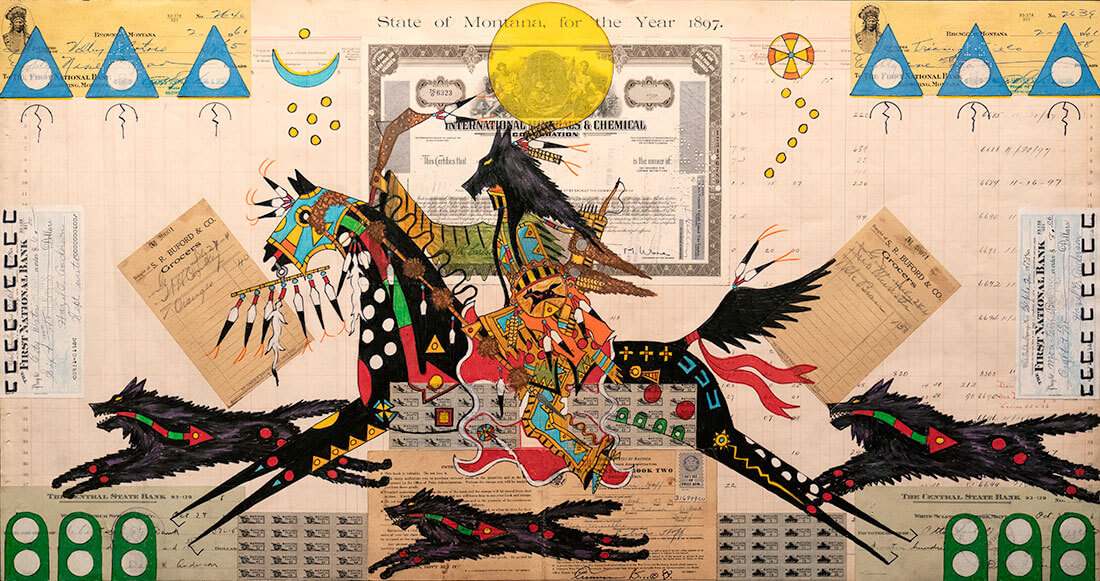

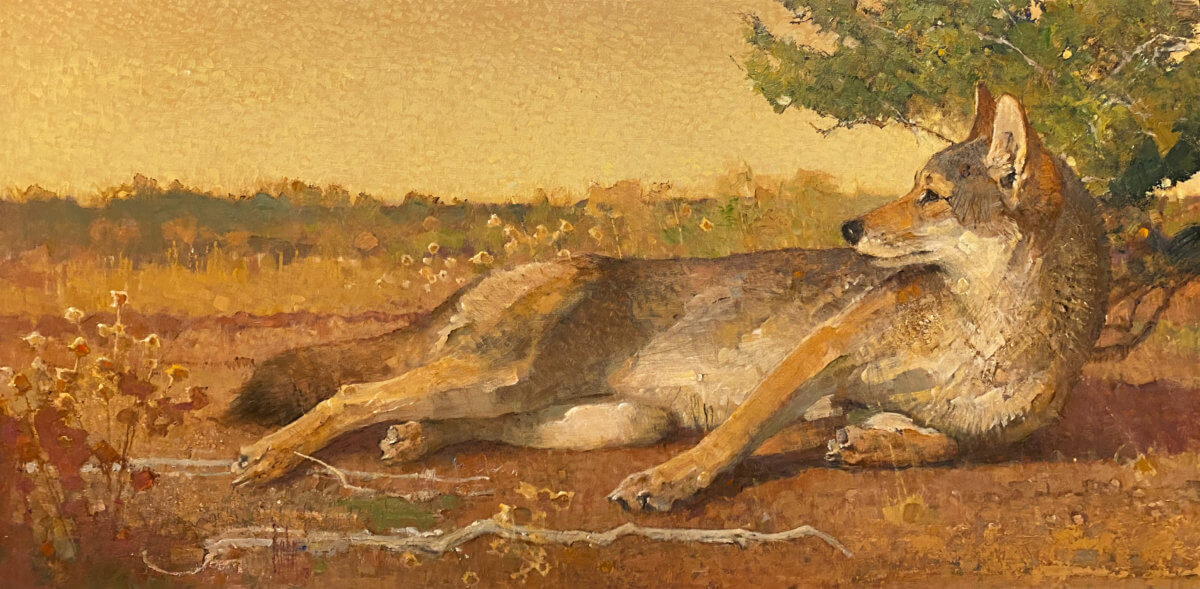
- 1
- 2
- 3
Staff Picks
Through May 10, 2026Curating this exhibit has been an exercise in collaboration, which is one of our core values at the Museum. We began by asking each staff member to make a short list of some of their favorite works in the collection. Then, the curatorial team took them to see a few of those pieces. We asked the staff to look for artworks that were not already on display and would not be part of any upcoming exhibitions. A person’s taste in art is so uniquely personal and individual to who they are. This exhibition is not only an opportunity for you to get to know our staff, but it is also a chance to discover new pieces in the permanent collection—or perhaps to see old favorites in a new light.
See the Exhibit- 1
- 2
- 3
Two of a Kind?
Through April 26, 2026This exhibition is an exercise in comparison. It invites visitors to consider pairs of artworks, drawn primarily from the Museum’s permanent collection, and contemplate the question posed by its title: are these artworks truly Two of a Kind?
See the Exhibit




